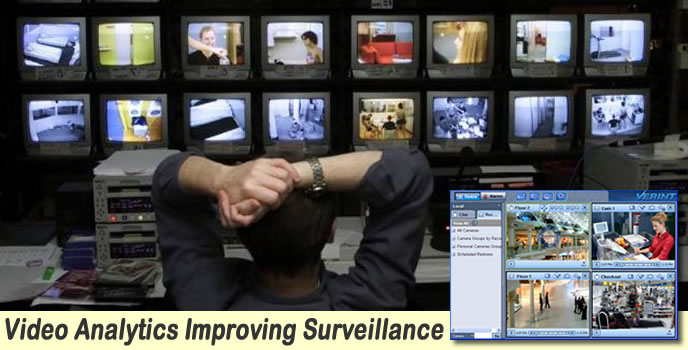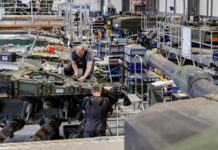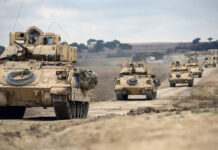
Security personnel are faced with an overwhelming volume of video and data, making it difficult to pinpoint events of genuine importance. Automated video analytical systems can help organize the information flow, to prioritize such vast amounts of video and data, for effective decision-making and faster and timely reaction. They enable security officers to focus on deterring and managing threats, rather than scanning banks of video monitors in trying to detect these.
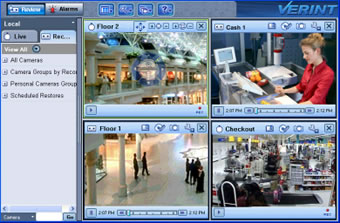
Procedures rendered and rapidly disseminated through a video surveillance network, can trigger alerts more rapidly and intelligently, thus responding to evolving conditions and dynamic situations, while simultaneously displaying relevant video streams to respective authorities.
The proliferation of video surveillance systems scanning city centers, along roads and railways, outdoors and in large, commercial open spaces, opens more data sources, improving security, detering criminal activity and vandalism, while assisting criminal investigation in solving crime, terror events or heightened security alerts. Video analysis addresses the potential to extract valuable insight from historical visual information, as well as real-time video streams. A search into historical records can verify or deny suspects’ alibi, pointing to a potential direction for further investigation. Yet, the laborious search, required by manual analysis of days and weeks of video records, renders such manual process inefficient.
Utilizing automated Video Analytics (VA) has proven essential for large scale monitoring and control centers at airports, public transport hubs and government facilities. Video analytics applications, utilizing transport security systems reach far beyond security, resulting in improved passenger safety and quality of service. It also provides powerful investigative tools for intelligence and law-enforcement agents, investigating crimes and terror incidents.

An example of such VA application is the Nextiva system, developed by Verint. The system comprises analytics-embedded encoders, wireless transmitters and analytic-enables IP cameras, enabling video to be analyzed at the point of capture, thus reducing overhead and communications bandwidth consumption, particularly in large scale networks.
The congested, busiest urban centers become a unique challenge to municipal, transportation and law-enforcement officials. Video monitoring is often used on a wide scale, sending live views from the street, enabling the situation-room to address any evolving emergency. With cameras distributed in city centers and along transportation routes, video monitoring systems provide efficient means for assessing a developing situational event. Here, video analytics services become essential in verifying multiple incoming alerts, using real-time video feeds.
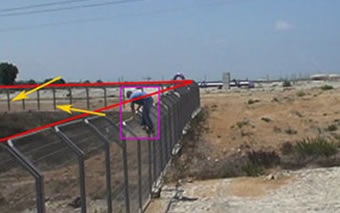
Based on better situational awareness, officers can allocate the optimal resources , to timely deal with the most critical situation sector. For example, analytic processing can automatically report double-parked vehicles or identify vehicles blocking traffic lanes or access routes, alert on crowd gathering near sensitive locations, detect intrusions into restricted, or dangerous areas, assessing traffic congestion before they develop into dangerous choke-points, blocking major transportation routes. Similarly, airport security centers can benefit from VA, to identify breaches in gate security, trigger alerts for people moving in the wrong direction in security-critical sectors, detect potential threats inside terminals and parking areas, monitor the airport perimeter and overview critical areas and sterile zones.

